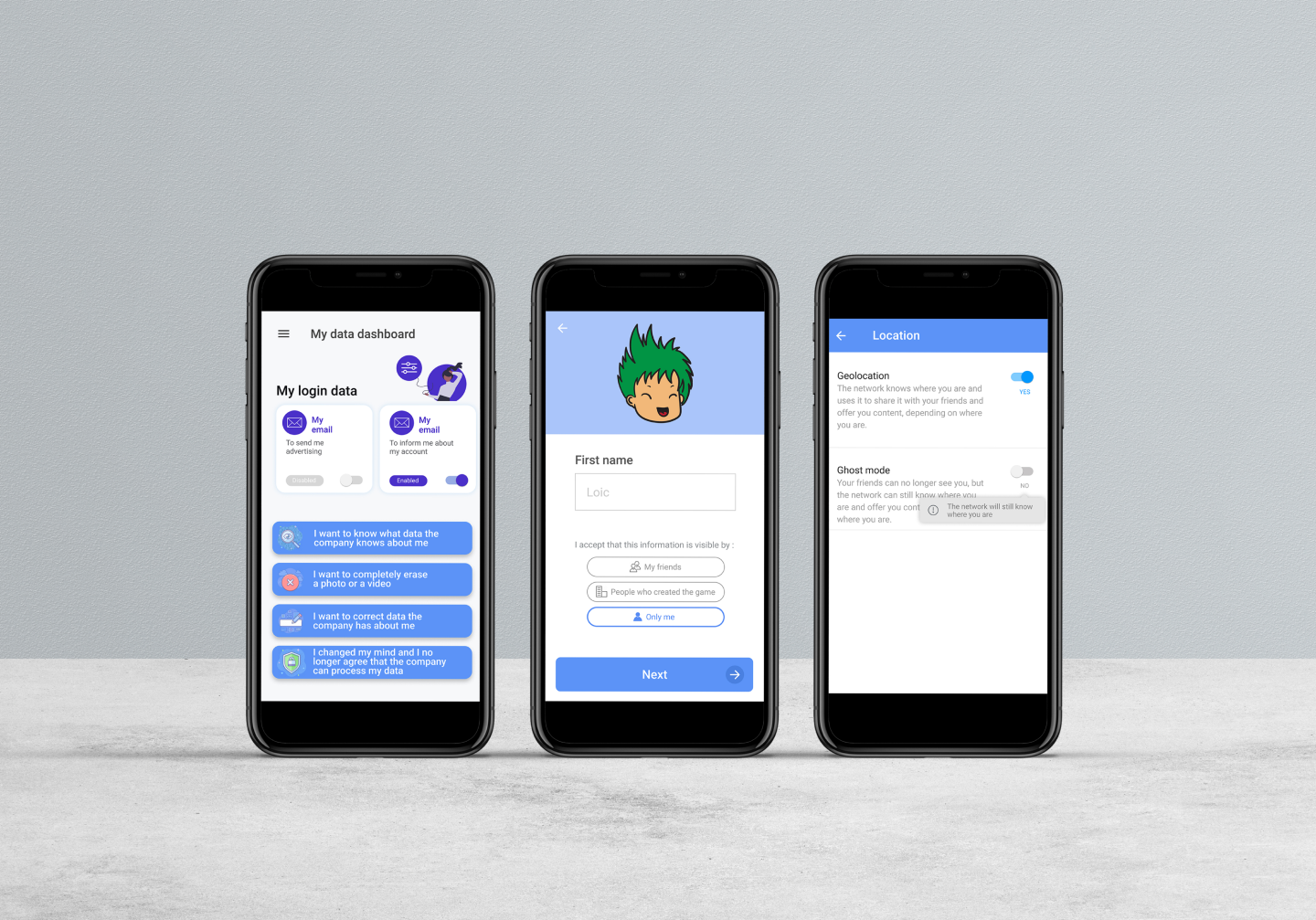
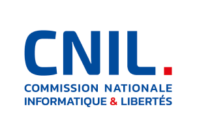
User research - Legal UX - Clear Language - Design for minors - Wireframe - UI Design - Prototype - User testing
Methodology kit for designers
2021
For more than 5 years, the CNIL has put the design of personal data at the heart of its priorities, combining research, foresight and practical tools, materialized in particular in the Cahiers "The Shape of Choices", the platform "Data and Design" set up by the LINC (Digital Innovation Laboratory of the CNIL) and co-creation workshops conducted since 2019.
In this context, we have been mandated by the CNIL to equip designers on the specific issues of personal data protection of minors, by integrating with the work already undertaken by the LINC.
The objective? To provide designers with the keys to understanding and the tools for action to enable them to create interfaces that make it easier for minors to understand and exercise their rights.Why? Minors represent about a third of the world's Internet users, and access to information about their rights and how to exercise them is often complex and does not take their specificities into account. They are indeed more vulnerable online than adults and need both protection and empowerment. The information must therefore be pushed to them to be fully understood by minors and presented in a "clear and accessible" way as provided by the RGPD. It is also a question of raising designers' awareness of the fact that legal information is not intended to be complex but, on the contrary, can and must be inserted in a fluid way in a user experience of digital interfaces fully thought for minor users.

To establish this benchmark, we chose to use the same search terms for each site: "intentional element price manipulation" and "intentional element market manipulation", on English-speaking sites, to simulate a typical legal search.
For each site, we followed a linear and identical search path: from the first contact with the search engine and the entry of the search terms to the page displaying the chosen result and the discovery of the functionalities and related tools proposed.
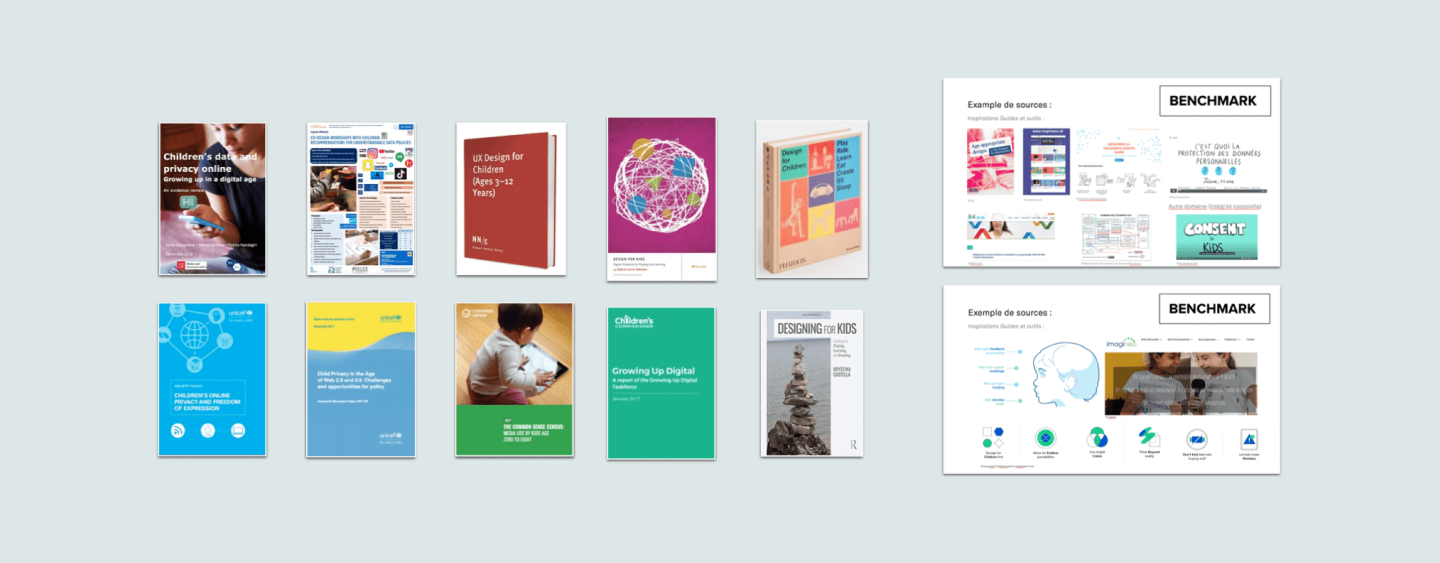
We organized 3 focus groups with children of different age groups: 7-11 years old, 12-15 years old and teenagers between 15 and 17 years old. In addition, we created an online questionnaire.
The objective was to understand the context of use of children when they surf online, in order to prepare the co-creation workshops and lead to the design of concrete interfaces.

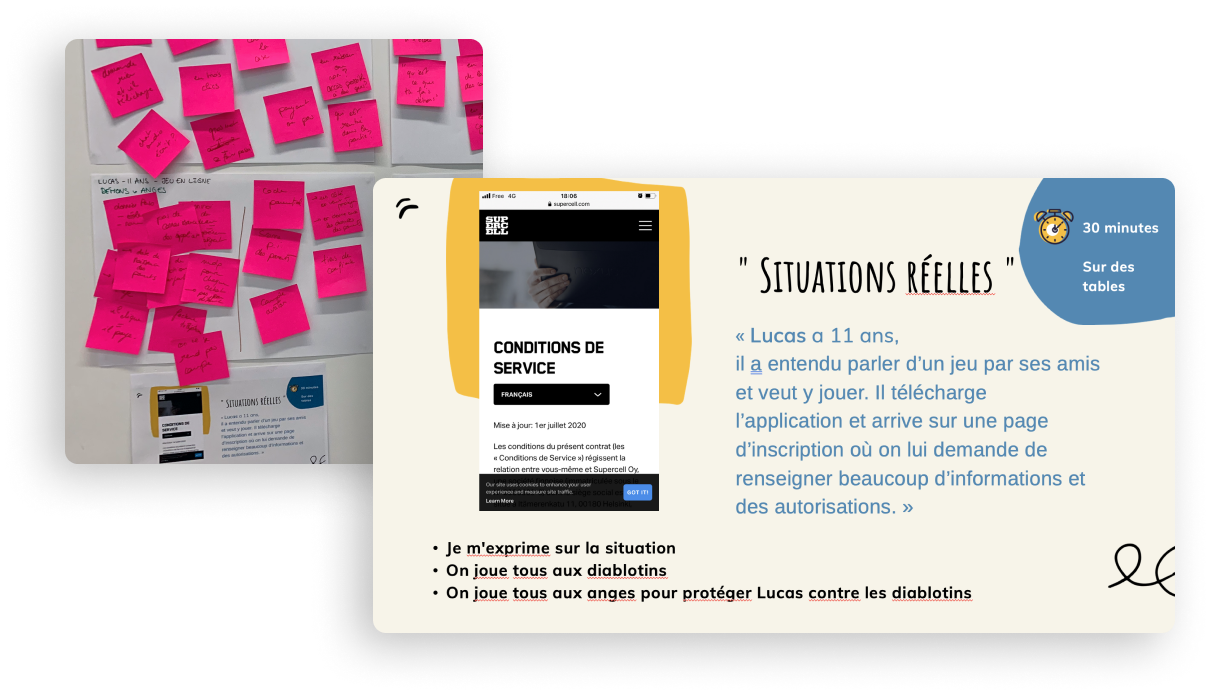
The objective of the questionnaire was to collect information on the types of usage and users among online minors. The results of the questionnaire are complementary to the general statistics presented in the IFOP survey.The analysis of these answers allowed us to establish the 4 profiles (i.e. Personae) and to illustrate them with the qualitative data collected in the open questions of the questionnaire and during the Focus Groups.
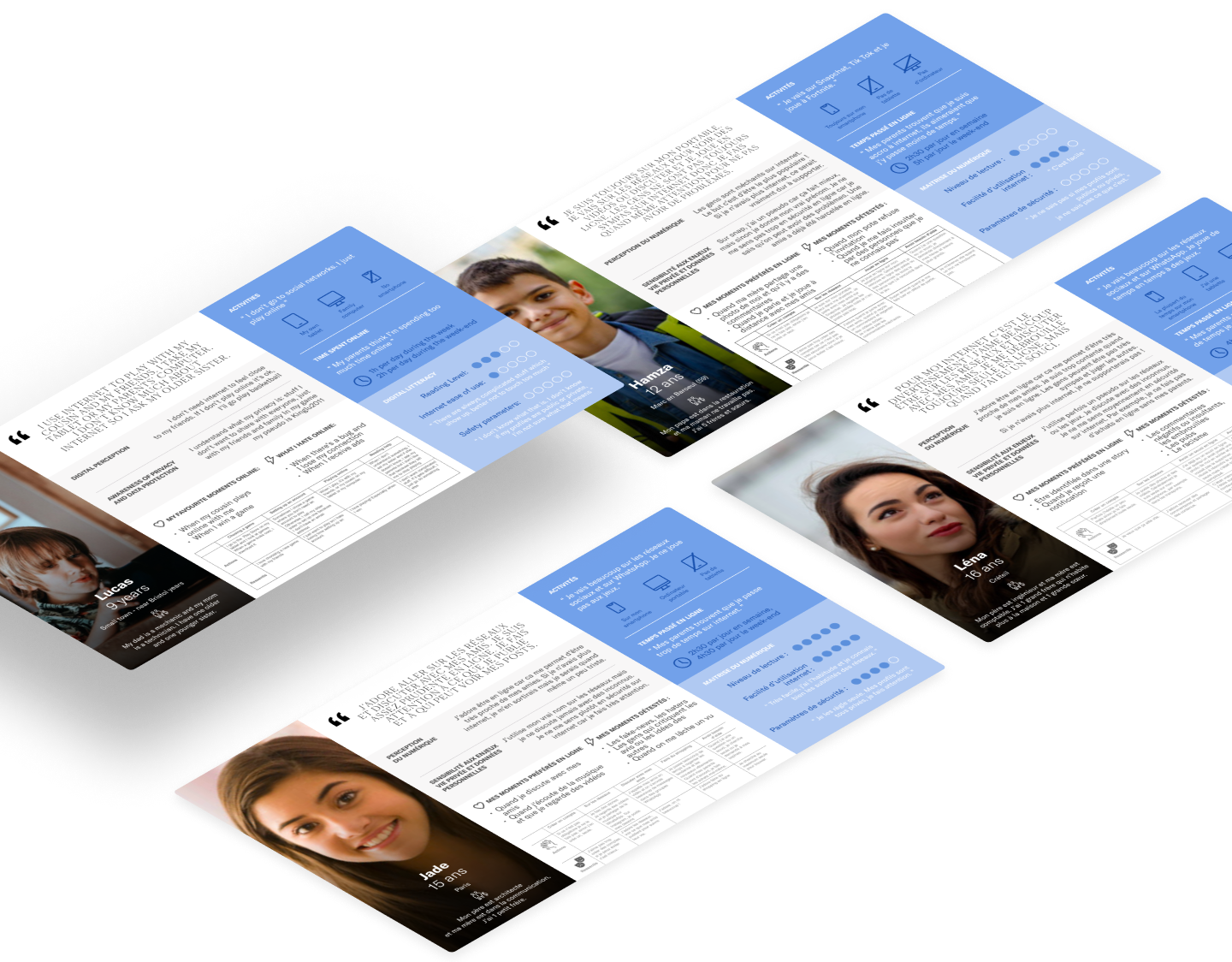
Three workshops were conducted, one per age group. The methodology is based on the latest work on participatory design. The minors intervene at the same level as the designers and facilitators. They bring their vision, ideas and are referents for the other participants, for example to ensure that the semantics used on the screens are understandable.

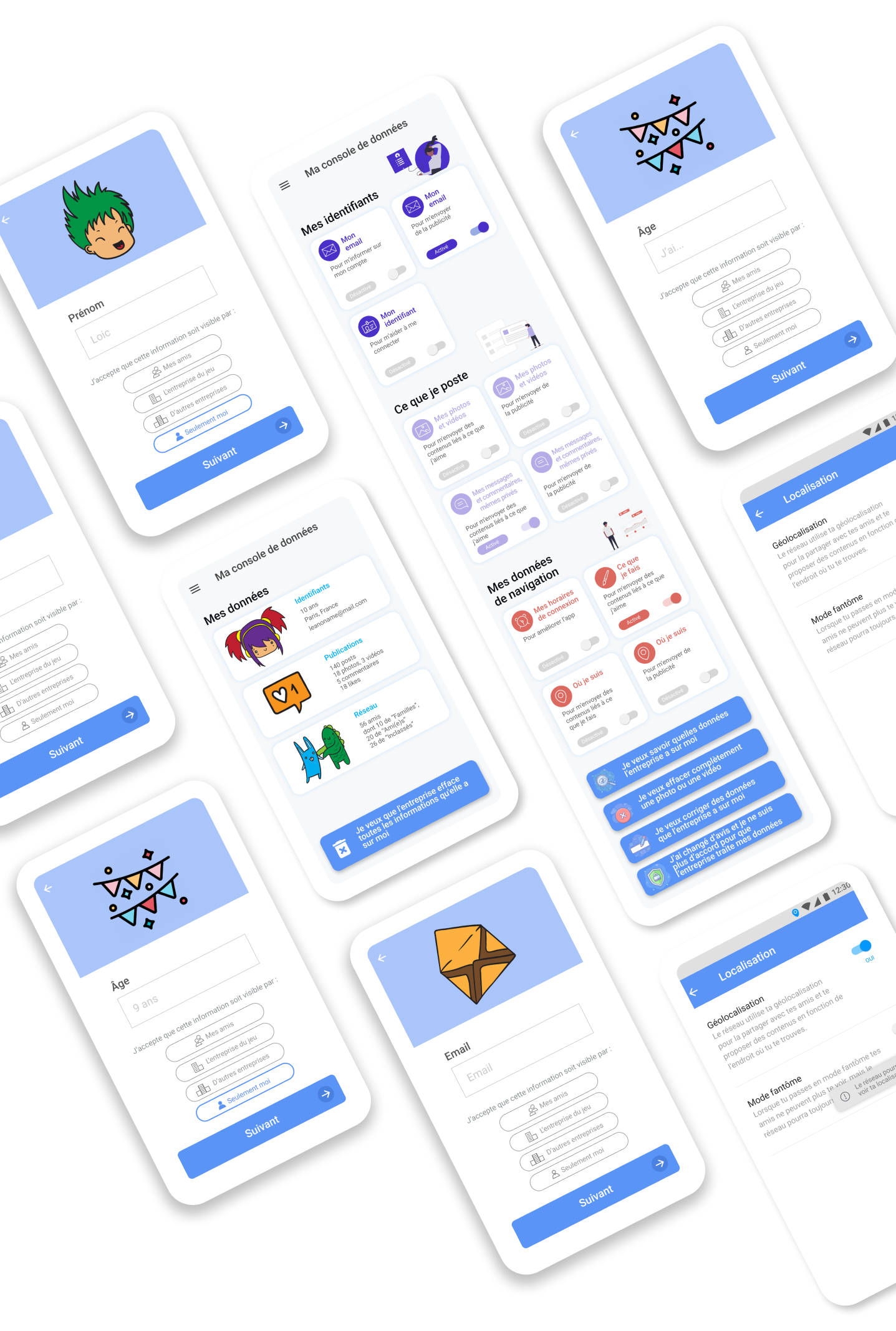
Every month, receive our newsletters with our tips and latest projects